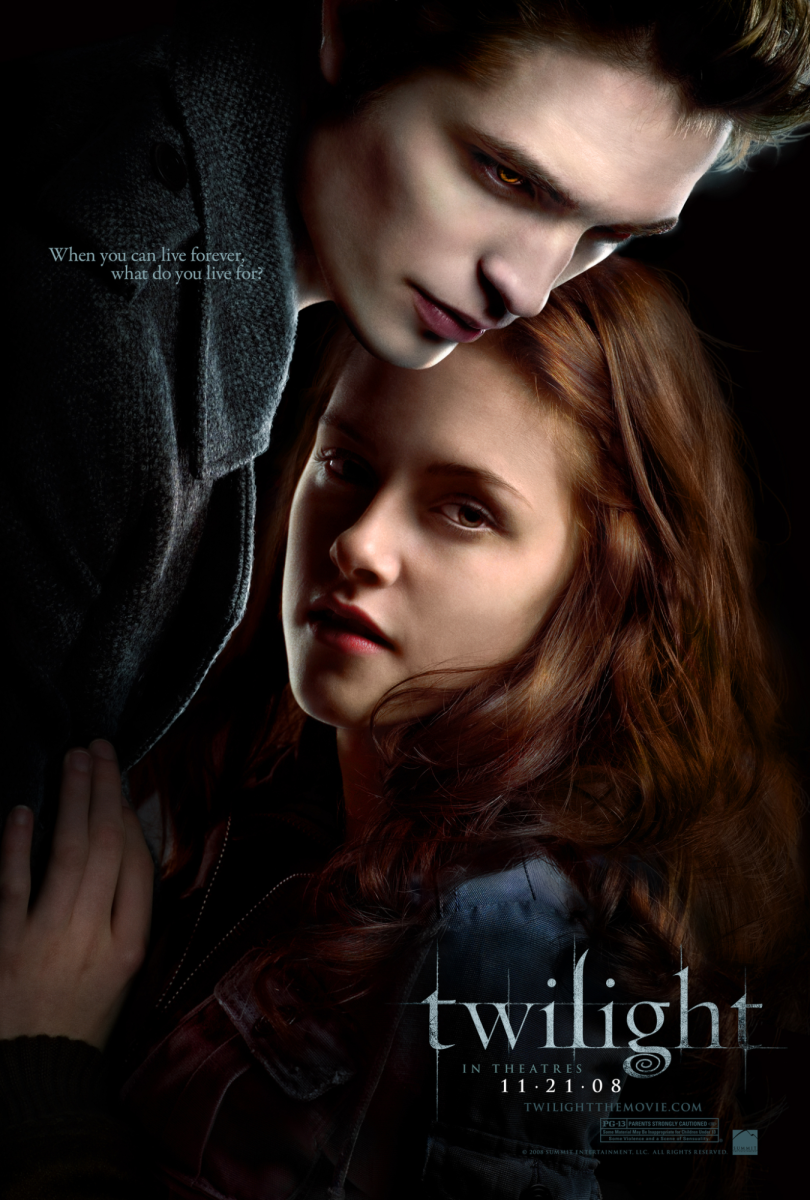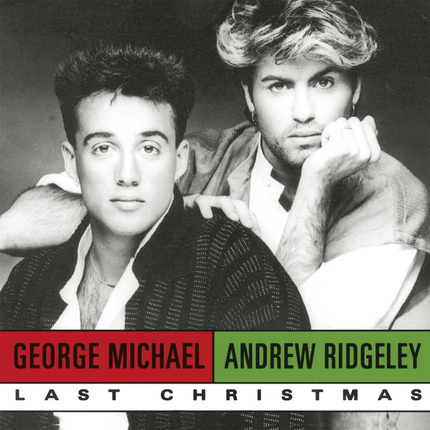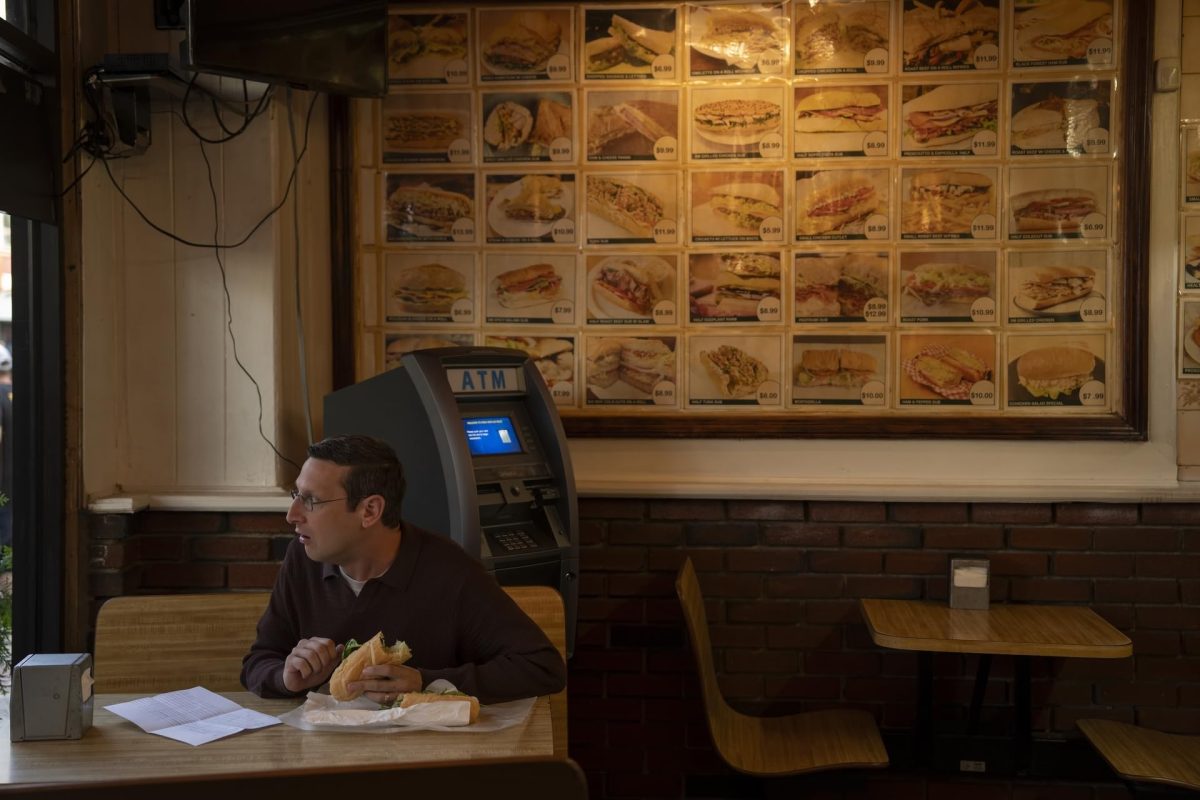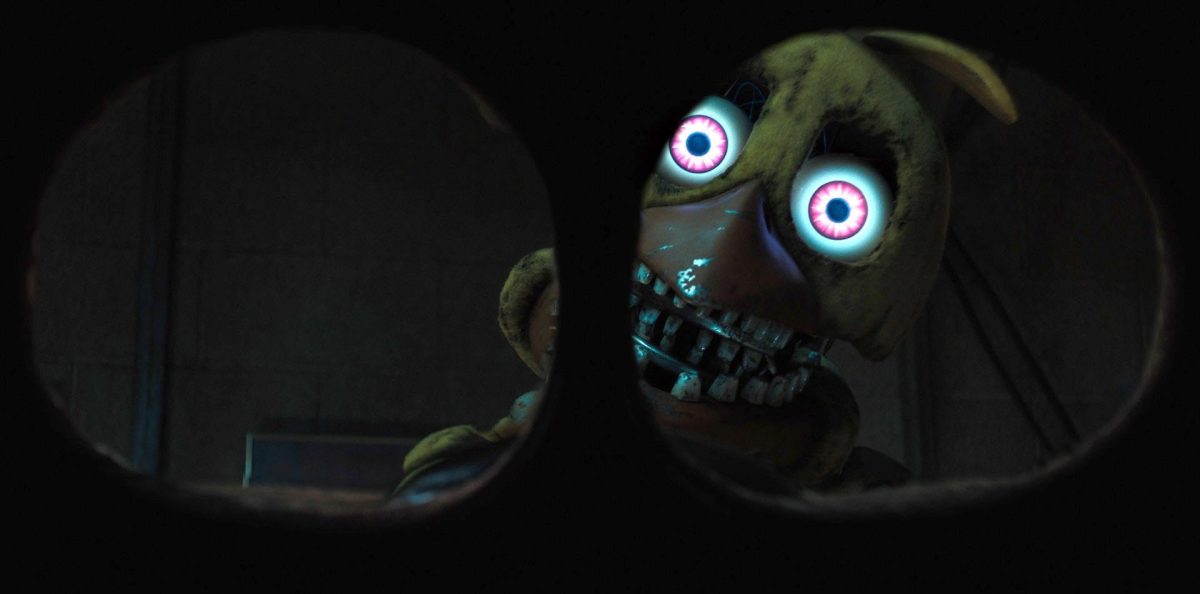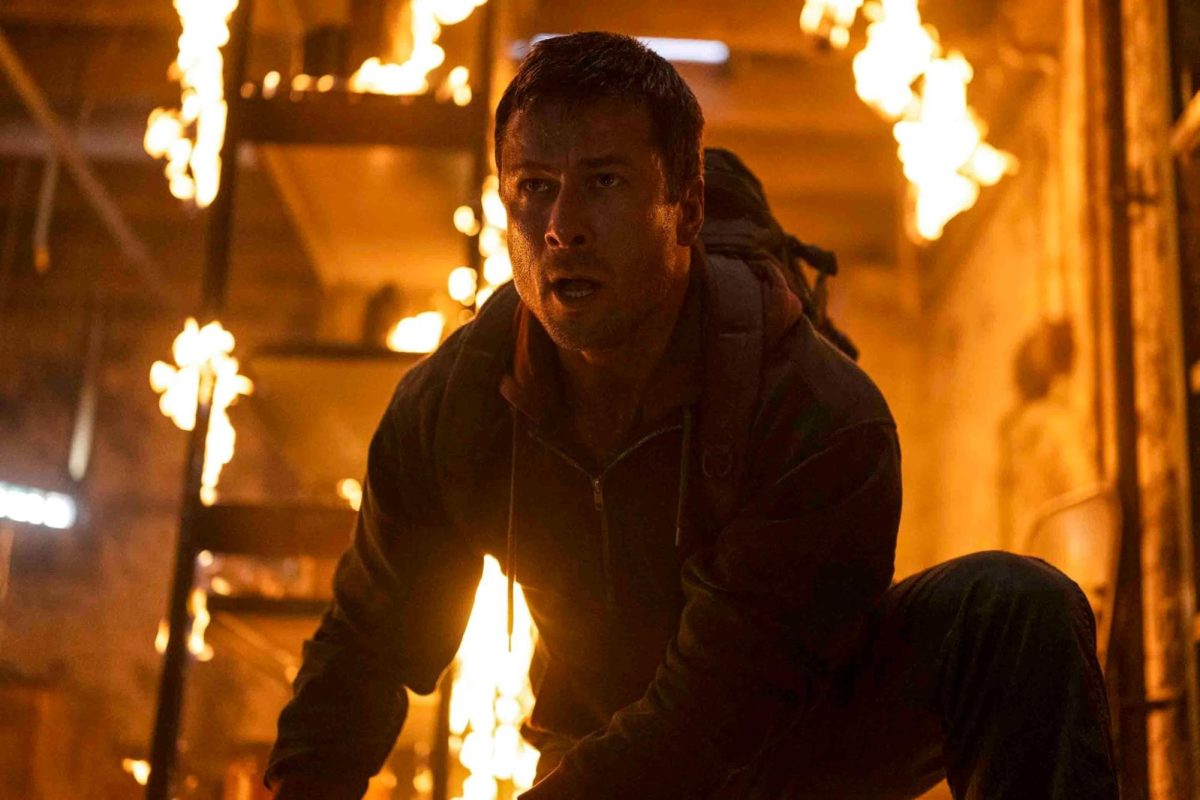Last updated on Nov. 25, 2023 at 06:12 p.m.
Put on some Paramore, slip into your favorite pair of black skinny jeans and find a rainy forest to brood in — it’s time to talk about the 15th anniversary of “Twilight.”
To the uninitiated, “Twilight” is a book series that follows Bella Swan (Kristen Stewart), a quiet and sensitive teenage girl who falls in love with Edward Cullen (Robert Pattinson), an introverted and charming 104-year-old vampire.
The first book, “Twilight,” was released in 2005, and details the initial blossoming of their romance, the subsequent complications of a human-vampire relationship and the darkness of a world that is determined to divide them.
“Twilight” the movie was released in 2008, the same year as “Breaking Dawn,” the fourth and final installment of the book series. The film adaptation mirrored the success of its source material, with the overall “Twilight” series having grossed over $3 billion worldwide.
Get The Daily Illini in your inbox!
Similarly, Stewart and Pattinson saw their careers catapulted to new heights of popularity.
At the time of the movie’s release, Pattinson maintained an infamous disdain toward his affiliation with it, to the point where one could make a 15-point list out of every one of his offenses. Since then, however, both Pattinson and Stewart look back at their involvement in “Twilight” with a new appreciation.
Fifteen years later, ‘Twilight” has weathered a complex discourse.
Despite an abundance of Charlie Swan DILF merchandise and a fully fledged social media renaissance around the movie, “Twilight” still has not been accepted with universally open arms — for valid reasons.
To critics, a film rendition of the book only amplifies its flaws in another medium. The movie’s iconic blue-toned filter, the dazzling shimmer of Edward’s superhuman skin and the passionate screams of fangirls cannot mask the more questionable aspects of the plot.
For instance, “Twilight” has been condemned for its depiction of abusive relationship dynamics between Bella and her love interests in a romantic light – a concerning message to send given the movie’s mostly young and female audience.
Additionally, the film stays true to author Stephanie Meyers’ misrepresentation of the Quieleute people and continues the all-too-common Hollywood trend of distorting indigenous stories for the sake of entertainment.
Interestingly, unlike supporters of other beloved movies that have not aged well, modern fans of “Twilight” respond to this with acknowledgment, not ignorance.
The nature of the aforementioned “Twilight Renaissance,” a revitalized interest in the movie that emerged in the early 2020s, showcases this.
Layers of irony preface loops of Jacob Black’s (Taylor Lautner) enthusiastic “Bella, where the hell have you been, loca?,” images of Edward’s visceral reaction to Bella’s mortal scent and compilations of Stewart’s questionable acting while playing her role.
With a good deal of the fandom having been in their early youth when the first “Twilight” movie was released, this second wave of appreciation reflects their matured judgment since.
Much of the newfound love for “Twilight” incorporates the movie’s cringe-worthiness with nuanced self-awareness. Fans seem to love “Twilight” for, not in spite of, its flaws.
In that respect, there’s a lot to genuinely love about “Twilight.”
For one, the movie was the only one of the series to be directed by a woman, Catherine Hardwicke, who applied her irreplaceable female gaze to “Twilight” in ways that the male directors after her could not.
The film also has a banger of a soundtrack, featuring alternative rock hits such as “Supermassive Black Hole” by Muse and “Leave Out All the Rest” by Linkin Park.
Plus, it’s hard not to be captivated while watching a bunch of vampires play baseball with godlike levels of skill, or to resist the urge to hold your breath as Bella slowly discovers that Edward is a vampire.
If there’s anything we’ve learned from recent movements confronting the problematic practices of past media, praise and criticism can coexist in the same arena – and the same holds true for “Twilight.”



